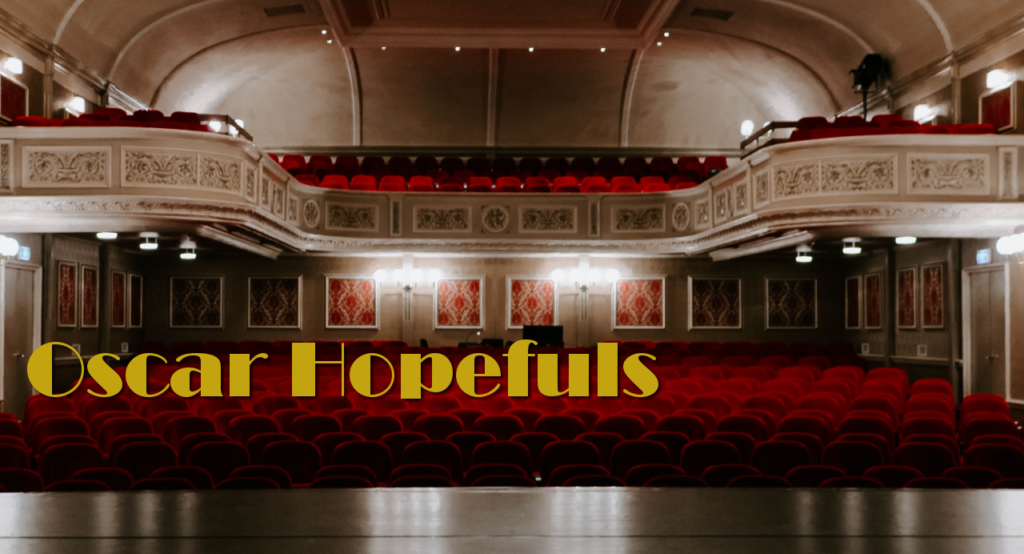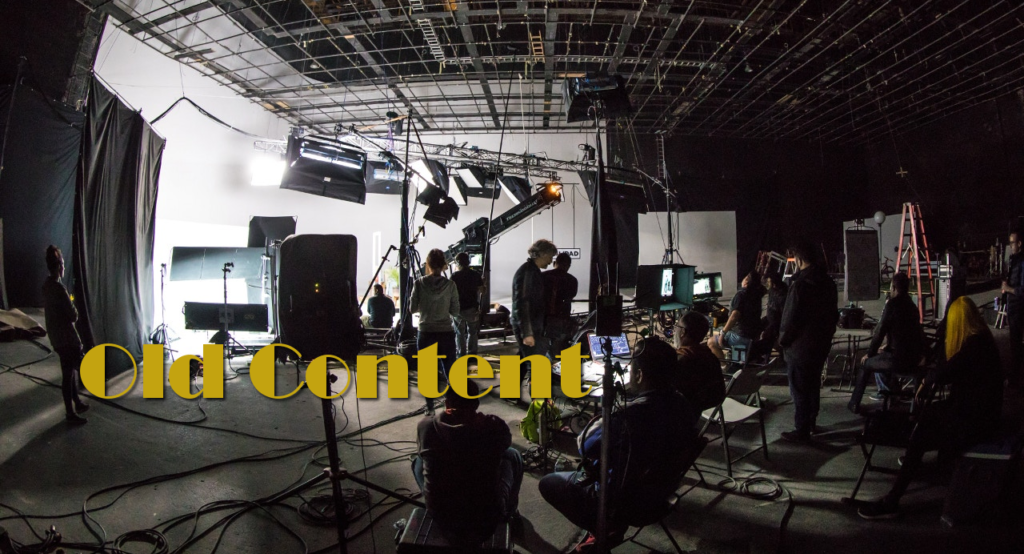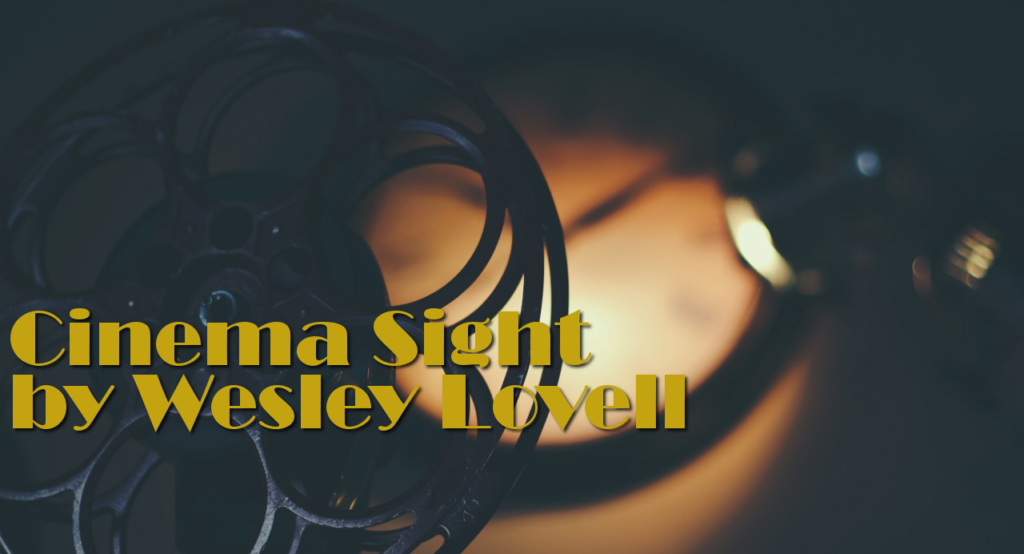 The Oscars are 80 years old, soon to be 81. Hollywood’s annual self-indulgent ceremony of patting itself on the back began with the dawn of the sound film era and reached its halfway (to date) point in 1968 when movies and styles were changing. The Motion Picture Production Code which rigidly enforced certain rules since the early 1930s had been slowly dying since 1960 and was finally abandoned in 1968 with the introduction of the Motion Picture Association of America (MPAA) rating system which allowed practically anything to be filmed as long as it was rated in a manner in which audiences were forewarned of potentially offensive content. Taking a break from my reviews of new DVD releases, the beginning of the holiday shopping season seems the ideal time to reflect on the films of that year, most of which are available on DVD. We’ll begin with my ten favorite films of 1968. An intense historical drama, Anthony Harvey’s The Lion in Winter roared into theatres with the once-in-a-lifetime pairing of 46-year-old Peter O’Toole and 62-year-old Katharine Hepburn as England’s Henry II and his French-born wife Eleanor of Aquitane. It’s 1183 and Eleanor is invited by Henry to Christmas Court after ten years’ imprisonment where he, she and their three sons, Princes Richard (the Lionheart), Geoffrey and John fight, plot and spew wicked dialogue at one another before she is once again locked up for the remainder of Henry’s life. Hepburn won the third of her four Oscars for this. It is by far her best Oscar winning performances while O’Toole, who had previously played Henry in Becket, had to be content with the third of his eight fruitless nominations. The outstanding supporting cast includes Anthony Hopkins as Richard, Timothy Dalton as King Philip of France, John Castle as Geoffrey, Nigel Terry as John, and Jane Merrow as Henry’s mistress. Film versions of the works of Charles Dickens reached their zenith with Carol Reed’s film of Lionel Bart’s Oliver!, the musical version of Oliver Twist, which took home five Oscars including Best Picture. Beautifully filmed at England’s Shepperton Studios, the film was produced near the end of era of big budget musicals that ran roughly from 1955 to 1972, and was undeniably one of the best. Dickens’ characters are brought vividly to life by the likes of Oscar nominee Ron Moody as Fagin, Oliver Reed as Bill Sikes, Shani Wallis as Nancy, Jack Wild, another Oscar nominee, as the Artful Dodger, and Mark Lester as Oliver singing such glorious songs as “Who Will Buy”, “Where Is Love”, “Consider Yourself” and “As Long as He Needs Me”. A highlight of the year’s Oscar ceremony was the opening with Moody and Wild in full tattered costumes as their characters from the film. Paul Newman’s directing debut, Rachel, Rachel, was a valentine to his wife Joanne Woodward, who gave the performance of her life as the repressed middle-aged schoolteacher who lives alone with her domineering mother. James Olson is the man who briefly comes into her life, Estelle Parsons is a fellow schoolteacher with problems of her own, Kate Harrington is the demanding mom, and Geraldine Fitzgerald is an evangelist who talks in tongues. Newman won the New York Film Critics Award and the Golden Globe for his direction but failed to pick up an Oscar nomination. Woodward, who won both those awards as well, was recognized by the Academy, along with Parsons and the film itself. Italian director Franco Zeffirelli breathed new life into William Shakespeare’s Romeo & Juliet by casting it, for the first time, with age-appropriate actors. Teenagers Leonard Whiting and Olivia Hussey were heartbreaking as the star-crossed lovers, and Michael York as Tybalt, John McEnery as Mercutio, Pat Heywood as The Nurse, and Milo O’Shea as Friar Lawrence lent them sturdy support. The film was nominated for four Oscars including Best Picture, Director, Cinematography and Costume Design, winning in the latter two categories. It was oddly not nominated for Nino Rota’s unforgettable Score, though the BAFTAs (Britain’s answer to the Oscars) nominated it in that category along with its Editing and the performances of McEnery and Heywood, which were also missing from Oscar’s honor roll. One of the screen’s scariest and best psychological horror films, Roman Polanski’s film of Ira Levin’s Rosemary’s Baby, was filmed in New York’s famed Dakota apartment building, the home of Lauren Bacall, Leonard Bernstein and later John Lennon, among others, giving it an authentic New York feel. It cemented Mia Farrow’s reputation as an actress of note as the wife of an actor who sells his soul to the devil for a part in a play. John Cassavetes as the husband, Ruth Gordon as the witch next door, Sidney Blackmer as her warlock husband, Ralph Bellamy as a devil-worshiping doctor, Maurice Evans as Farrow’s kindly old friend, and Patsy Kelly as another witch were all terrific, with Gordon especially so in her Oscar-winning role. Though set in a specific time and place, post-World War II Bronx, N.Y., Ulu Grosbard’s film of Frank D. Gilroy’s The Subject Was Roses tells the universal tale of a young man coming home to a family with whom he no longer has much in common. Filmed without a screenplay, the dialogue taken directly from the Broadway play, which starred Irene Dailey, Jack Albertson and Martin Sheen, the stage-to-screen transfer is flawless. Patricia Neal, returning to acting after suffering three nearly fatal, paralyzing strokes, seamlessly takes over for Dailey, performing opposite Albertson and Sheen as if the three of them had been together for years. Neal’s real-life dilemma adds a haunting quality as she briefly runs away from home to the sorrowful strains of Judy Collins’ “Who Knows Where the Time Goes”, retuning for the film’s combustible climax. Albertson, in his Oscar-winning role and Sheen are equally brilliant. Carson McCullers was only 22 when she wrote The Heart Is a Lonely Hunter, a semi-autobiographical novel of her life at 16, yet she was able to show compassion well beyond her years. Focusing on a boarder in her poverty stricken family’s home, Heart tells the story of a lonely deaf-mute who, with his kindness and understanding, transforms the lives of those he comes in contact with, but is unable to help himself. Alan Arkin gives the performance of his life as the good-hearted John Singer, a role that won him the New York Film Critics Award and an Oscar nomination for Best Actor. Sondra Locke is almost as good in her debut as the character based on McCullers, for which she received a Supporting Actress nomination. Equally fine are Percy Rodriguez as a proud black doctor, Cicely Tyson as Rodriguez’s conflicted daughter and Stacy Keach as a combative drunk. Hyped as Luis Bunuel’s masterpiece of erotica, thetag line made Belle de Jour the most accessible film of the father of surrealist cinema’s career. Catherine Deneuve had perhaps the best role of her long and varied career as the frigid housewife who becomes a prostitute available only between the hours of two and five on weekday afternoons, thus her titular nickname. Filled with the vivid imagery Bunuel was known for, the film slowly recounts the details of Deneuve’s life which cause her to be chaste with her handsome loving doctor husband (Jean Sorel) while finding carnal fulfillment with strangers. Michel Piccoli, Genevieve Page and Pierre Clementi co-star. One of the year’s two landmark science fiction films, Franklin J. Schaffner’s Planet of the Apes, was based on a 1953 French novel by Pierre Boulle who also wrote The Bridge on the River Kwai. Set in a future world in which gorillas and chimpanzees are dominant and man is irrelevant, the film is deftly laced with humor and irony as Charlton Heston, an arrogant American astronaut seeks to break out of his captivity in a land in which Roddy McDowall, Kim Hunter, Maurice Evans, James Whitmore, James Daly and others thrive in realistic ape costumes. The unforgettable ending stings on many levels. It was nominated for Oscars for its realistic costumes and for Jerry Goldsmith’s haunting score. The other landmark science fiction film was, of course, Stanley Kubrick’s 2001: A Space Odyssey with a screenplay by Kubrick and Arthur C. Clarke. An intricately detailed film, full of awe and wonder, it originally became a worldwide phenomenon because of its reputation as a film best viewed under the influence of hallucinogens. Nominated for four Oscars and winner of one for Special Effects, the film, which originally received mixed reviews, has since become one of the most respected films of all time in part due to the lack of any serious competition in the realm of science fiction films in which science is deemed more important than fiction. The thrilling classical music soundtrack was initially even more popular than the film itself. Runners-up to the top ten would have to include Peter Yates’ Bullitt with Steve McQueen and those fabulous chase scenes up and down the hills of San Francisco; Francois Truffaut’s macabre The Bride Wore Black with Jeanne Moreau as a serial killer bride; Ralph Nelson’s Charly, a labor of love for Oscar winner Cliff Robertson as a mentally deficient man who undergoes an operation that temporarily raises his intelligence level; Claude Berri’s The Two of Us with Michel Simon as the elderly farmer who develops a bond with the young Jewish boy he hides from the Nazis; George Duning’s animated Yellow Submarine with the music of The Beatles informing its tale of good and evil; William Wyler’s film of Jule Styne and Bob Merrill’s Funny Girl with Barbra Streisand singing her heart out on the way to an Oscar as Fanny Brice; Finian’s Rainbow in which Burton Lane and E.Y. “Yip” Harburg’s marvelous score can’t be diminished even by Francis Ford Coppola’s heavy direction; Michael Anderson’s film of Morris West’s The Shoes of the Fisherman in which Anthony Quinn’s Pope from behind the Iron Curtain predates world history by a few years; Melville Shavelson’s Yours, Mine and Ours in which widowed Lucille Ball and Henry Fonda combine their families totaling 18 children inspiring TV’s The Brady Bunch; and Richard Fleischer’s intense examination of The Boston Strangler case with Tony Curtis in a career high performance as the real life maniacal killer. Other films of note included two by Ingmar Bergman, Hour of the Wolf, his only horror film,and Shame, a study of the impact of war on a marriage, both starring Liv Ullmann and Max von Sydow; John Cassvetes’ talky but well acted Faces in which wife Lynn Carlin gets even with cheating husband John Marley by having an affair with Seymour Cassel; John Frankenheimer’s film of Bernard Malamud’s The Fixer with Alana Bates in an Oscar nominated performance as an imprisoned Jewish handyman in Czarist Russia; Richard Lester’s time shifting Petulia wonderfully acted by George C. Scott, Julie Christie and Shirley Knight; Albert Finney’s directorial debut Charlie Bubbles in which Finney is married to BAFTA winner Billie Whitelaw and has an affair with Liza Minnelli (her film debut); Noel Black’s quirky Pretty Poison with Anthony Perkins as a disturbed young man and Tuesday Weld as the titled character; Robert Aldrich’s black comedy The Killing of Sister George about a lesbian triangle involving Beryl Reid, Coral Browne and Susannah York all at the top of their game; Don Siegel’s police procedural Madigan with Richard Widmark in one of his best performances; and Robert Wise’s ambitious but ultimately overblown Star! with Julie Andrews nevertheless quite magical as Gertrude Lawrence and Daniel Massey nearly her match as his real life godfather Noel Coward. -Peter J. Patrick (December 2, 2008) |
Buy on DVD!
|
The DVD Report #83
by
Tags:


















Leave a Reply